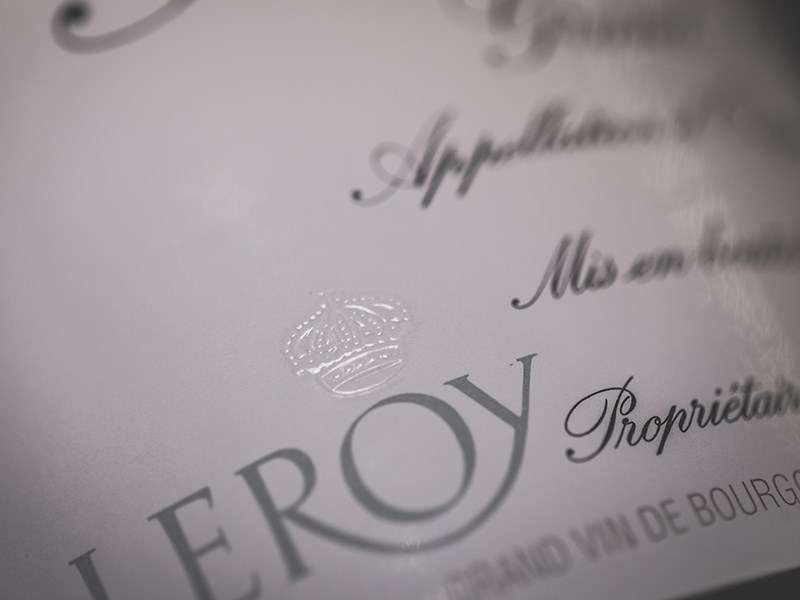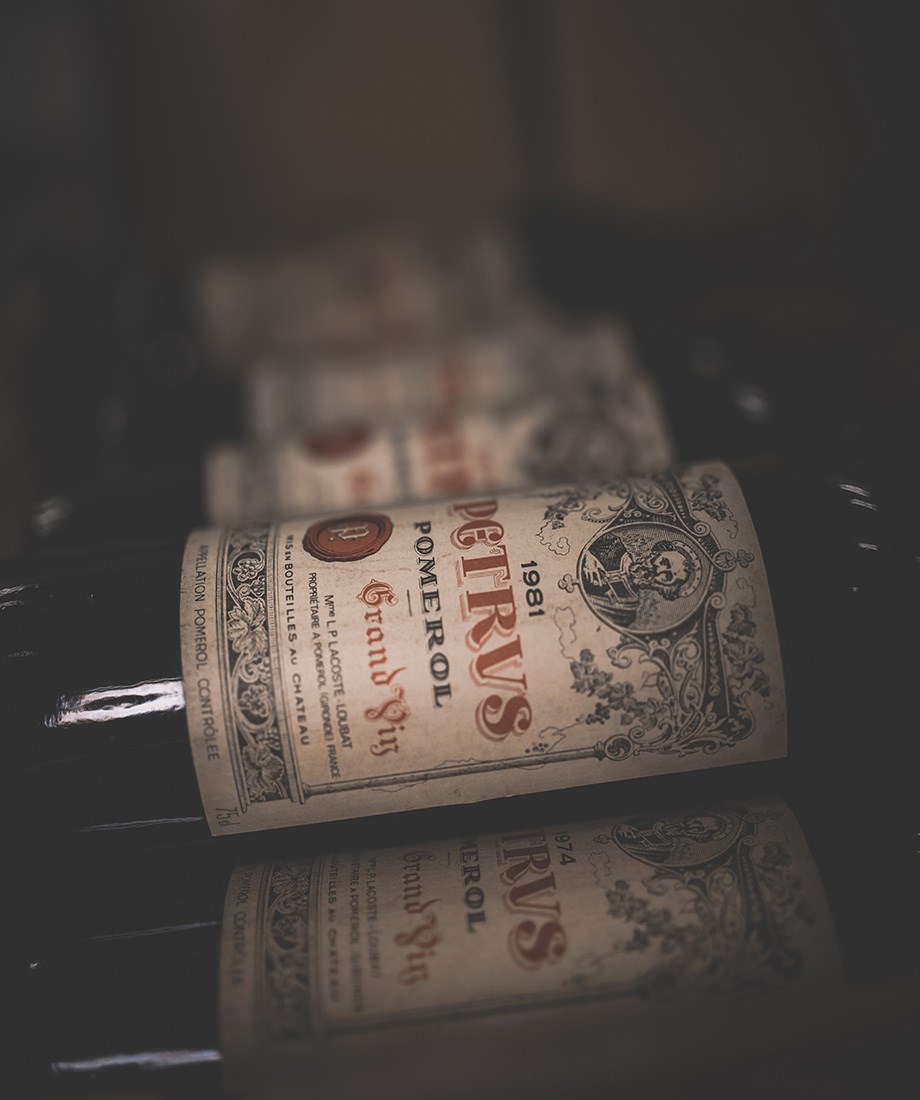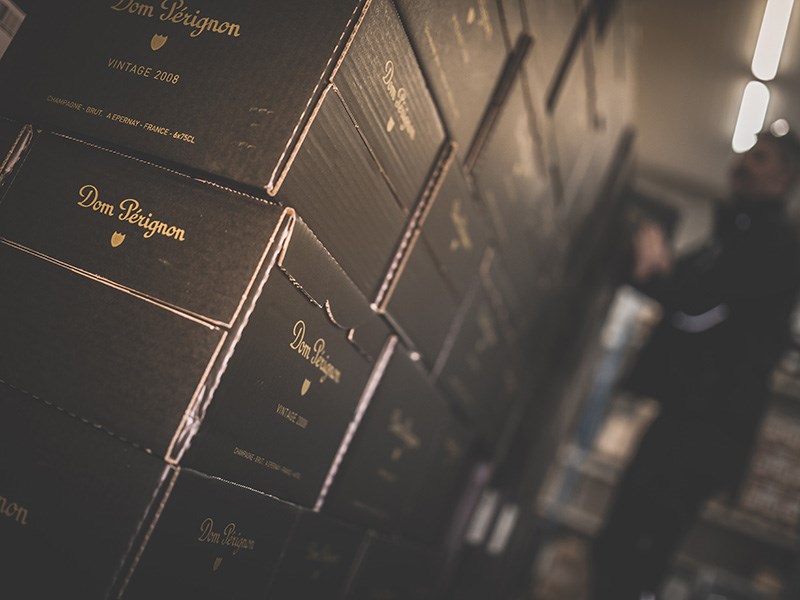Article - RareWine Academy
How The World Wine Trade Works
Why can't you just buy the investment wine at your wine retailer or online? And why are market and allocation prices different? Get the answer to that and much more here
Allocation And Wine Trade
Wine is simply something special, and we are not just saying this as wine lovers. When it comes to the best wines, specifically those suitable for investment, production and supply can rarely be increased to meet the demand. Where possible, it will often be at the expense of quality.
Because of the above, there are four main methods for the world wine trade, which help to manage supply and demand in a sound manner. Here you will find some examples from Burgundy, Bordeaux, Champagne and California that will make you wiser on how the different trading methods affect both wine investors and other wine lovers.
Burgundy: Wine By Allocation
The normal way to trade Burgundy wines is through allocations. Every year, the small farmers divide the production into lots depending on the producer's appellations - often there is a little Bourgogne rouge, a little village, a little less premier cru and finally a box of grand cru. This accrues to the importers in the individual countries, and the importer may then only sell within its framework agreement, which is often limited to the importer's own country. The wine is then distributed to private individuals and restaurants, each of which receives a small amount. It is rarely whole cases that are distributed. If a retailer or restaurant one year chooses to say no, they will very well end up in the end of the line for next year’s allocations. If you are not already in a good position among the right people, then there is a long way to go to get your fingers in some of the best and most coveted bottles. As a result, these bottles are initially kept almost completely out of the open market.
The legendary Burgundian vineyard Musigny is, like so many other vineyards, a limited area that has kept the same size since the beginning. Musigny is 10.86 hectares, producing less than 40,000 bottles of wine per year. The extremely limited Musigny area is even shared by 11 different owners, of which Domaine Comte Georges de Vogue owns approx. 70%. This means that both the quantities of Vogues Musigny are limited, but also even more limited for the 10 other producers, who are sharing the last 30% of Musigny. This applies, for example, to Domaine Leroys Musigny, which in regular vintages produces less than 600 bottles. Just the opportunity to buy some of these bottles does not necessarily go to even the best restaurants in the world and if you are "only" a big successful wine merchant, the chance is even smaller. At the same time, the possibility may also be tied up in how large quantities of less prestigious wines can be purchased.
The price of wines sold on allocation can start relatively low and increase significantly in a short time, as the supply is far from meeting the demand. If the wines first find their way to the open market, it can accelerate in a matter of seconds. This means that as a private person, you can be lucky to find some of the world's most exclusive wines at top restaurants or at the given importer, at a price like the pure bargain. On the other hand, there is a great chance that only a single bottle is available, and if you can be allowed to buy at all, the purchase can come with conditions, such as that the wines must be drunk in the restaurant and must not be taken home.
From an investment perspective, buying through these channels is less attractive. Finding available bottles here will often be associated with luck.
Conversely, the price will often be higher if these wines are to be obtained through alternative channels, but this also includes delivery security, availability, quantities and no strict conditions, which for many wine merchants, lovers and investors is significantly more attractive.
Allocations are seen today not only in Burgundy, but also the most coveted wines from Italy, do also use this model.
 Domaine Leroy's classic label with the iconic crown
Domaine Leroy's classic label with the iconic crown
Bordeaux: What Is En Primeur?
In Bordeaux, there is another approach to wine trade called En Primeur. En Primeur is a form of pre-sale where the wines are traded on Place du Bordeaux prior to the final product being finished and bottled. The Chateau simply sells the rights to the unfinished wines to a selection of negociants, who then offer them for sale from Place du Bordeaux, where importers / distributors from all over the world bid and buy the different wines. The importer / distributor then sells to wine merchants or end consumers. In this way, the wines are spread out to a wide audience. Where the price can easily rise is if one of these links along the way does not sell the wine but puts it in stock. In the warehouse, the wine can increase in value until it fits the market. For example, if you want a case of Petrus, one of Bordeaux's most iconic wines, you can choose to either buy it en primeur, or buy it on the open market, at market price.
 Petrus is one of Bordeaux's most iconic wines and is especially recognizable by its unique label.
Petrus is one of Bordeaux's most iconic wines and is especially recognizable by its unique label.
Champagne: Buy, Drink And Forget
Unlike the other scenarios in this article, the Champagne trade is not affected by the same type of restrictions equally to the rest of the wine world. When it comes to Champagne, there is, in general, plenty. For the sake of example, Moët & Chandon's prestigious cuvée, Dom Pérignon, can be highlighted. Although no one but Moët & Chandon can say exactly how much Dom Pérignon is being produced, we know that it is millions, and a widely recognized shot is at 5-8 million bottles a year, while Moët & Chandon as a whole produces +30 million bottles. This means, in other words, that the trade takes place much more freely, while consumers and retailers easily get a feeling that the amount of champagne is endless.
In extension of the above, it is of course obvious to ask: How can Champagne then be a good investment? Precisely this must be attributed to the large amount that is produced, which results in a huge ongoing consumption and a buy, drink and forget mentality. With the quantities seeming almost endless, there is almost no saving tradition partly caused by the big champagne producers who make a living from sending new vintages to the market at a price that is always just a little higher than the previous one. The result of this is that fully developed and matured Champagne is both attractive and in demand, with ongoing price increases as a result.
The fact that no one besides the producers knows how much is being produced means that it is also suddenly sold out. This means, roughly speaking, that the given Champagne at this point is only available on the secondary market, which is usually the starting point for the part of the Champagne's life cycle where the price increases begin and usually increase more as time goes on.
 Dom Pérignon is a true Champagne classic. Characterized by high quality and large volume
Dom Pérignon is a true Champagne classic. Characterized by high quality and large volume
Napa Valley, California: Waiting Lists & Mailing Lists
A classic example of how the best American wines are traded can be found at Screaming Eagle, which almost defines the term "cult wine" in California. Screaming Eagle only produces around 10,000 bottles a year of the top wine of the same name, which is a small amount, compared to the demand. To get hold of this type of wine directly from the producers, you must be included on a mailing list, which usually includes long waiting lists just to be considered.
When the wines are sold out from the winery, they will adapt relatively quickly to a real market price. The basis for the wines in the coming years to increase in price can be found in the decreasing supply as more bottles are consumed. This will make the price increase.
Rest Of World
Rest of World is the somewhat obsolete category at RareWine Invest, which for example includes Italian wines, some German wines and whiskys. At the same time, this category is also the exception that confirms the above "rules" for how the world's best wines are traded. In this category we find a mix of different trading methods, which basically emanate from the previously described trading methods. However, they have one thing in common: It requires its cause for the average person to have access to buy the best bottles, especially if both quantity and price are important criteria.
Fine & Rare Trading At RareWine Invest
When it comes to investing in wine, in short, it is about having access to buy the best wines, in the right quantities, at the right time and at the best possible price - something that is more or less impossible for the average person.
But how can it be that you with RareWine Invest at any time can invest in so many types of wine that, roughly said, no one else can obtain? You can do this simply because you at RareWine Invest can buy wines through the sister company RareWine. Since 2005, RareWine has traded professionally with the world's best and most exclusive wines. Over the years, RareWine has built up a unique, international trade network that makes it possible to both buy and sell Fine & Rare wines at market price.
If you have any access to direct allocations of some of the world's most exclusive wines, it will usually always be cheaper to buy the wines there, but if you are not one of the very few with this access, if you want more than a few bottles, or if you just want access to a wide range of the world's rarest and most exclusive wines, then RareWine Invest is the solution for you.
If you have any questions or would like to hear more about your options for investing in wine, we would love to hear from you through the form below - it is non-binding, of course.
If you already have wine you want professionally stored, you can read more about your options for storage both with and without customs, VAT and tax at Nordic Freeport, the only public bonded warehouse for wine & spirits in the EU in Denmark here.
